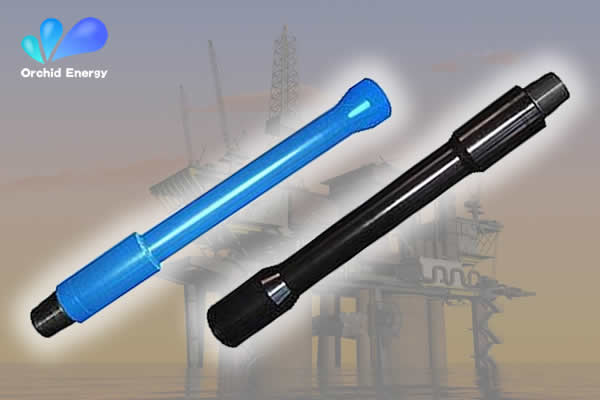Lifting Subs in the Oil and Gas Industry
Introduction:
In the realm of oil and gas drilling, lifting subs play a vital role in the efficient and safe handling of equipment. This article offers a thorough examination of lifting subs, encompassing their materials, manufacturing processes, adherence to international inspection standards, working principles, as well as essential maintenance methods. Through an in-depth exploration of these aspects, this guide aims to provide valuable insights for professionals seeking to optimize their lifting sub operations.
In the realm of oil and gas drilling, lifting subs play a vital role in the efficient and safe handling of equipment. This article offers a thorough examination of lifting subs, encompassing their materials, manufacturing processes, adherence to international inspection standards, working principles, as well as essential maintenance methods. Through an in-depth exploration of these aspects, this guide aims to provide valuable insights for professionals seeking to optimize their lifting sub operations.

1. Materials:
Lifting subs are typically crafted from high-strength alloy steels or other robust materials. These materials offer durability, reliability, and resistance to the extreme conditions encountered in drilling operations.
| Material | Properties |
| High-Strength Alloy Steel | Excellent strength, toughness, and corrosion resistance |
| Titanium Alloy | High strength-to-weight ratio, superior resistance to corrosion |
| Inconel Alloy | Excellent high-temperature stability, exceptional strength |
2. Manufacturing Process:
The manufacturing process of lifting subs involves several intricate steps tailored to ensure the highest quality and reliability. Advanced machining techniques and quality control measures are implemented to meet stringent industry standards.
| Manufacturing Step | Description |
| Material Selection | Identify suitable alloy steel, titanium alloy, or inconel alloy for the specific application |
| Machining | Precision machining to achieve accurate dimensions and high surface finish |
| Heat Treatment | Apply heat treatment processes to enhance strength and hardness |
| Quality Control | Conduct rigorous inspections and tests to ensure compliance with specifications |
3. International Inspection Standards:
Lifting subs must adhere to international inspection standards to ensure their integrity and safety during drilling operations. The following standards are commonly applied:
-
API Spec 7-2: Specification for Threading and Gauging of Rotary Shouldered Thread Connections
-
API Spec 7-1: Specification for Rotary Drill Stem Elements
-
ISO 11961: Petroleum and Natural Gas Industries – Steel Drill Pipe
4. Working Principle:
Lifting subs serve as a critical connection component between drill pipes and other drilling tools. They facilitate the efficient transfer of weight and torque, providing stability and control during drilling operations. Lifting subs feature sturdy threaded connections that enable secure coupling and optimum power transmission.
5. Maintenance Methods:
Proper maintenance is essential to ensure the longevity and performance of lifting subs. Regular inspections, cleaning, and appropriate repair practices can extend their operational life. Here are some recommended maintenance methods:
-
Visual inspections for signs of wear, corrosion, or deformation
-
Thorough cleaning and removal of debris or contaminants
-
Non-destructive testing techniques like magnetic particle inspection or ultrasonic testing
-
Lubrication of threaded connections to prevent galling and improve performance
Conclusion:
Lifting subs play a crucial role in drilling operations, necessitating attention to detail in their material selection, stringent manufacturing processes, adherence to international inspection standards, understanding of working principles, and diligent maintenance practices. By following these guidelines, professionals can maximize the efficiency, durability, and safety of lifting subs, contributing to overall successful drilling endeavors.
Tags: Lifting Sub
In this guide, we delve into the world of lifting subs, covering crucial aspects such as their materials, manufacturing processes, adherence to international inspection standards, working principles, and maintenance methods.
2023-08-14




